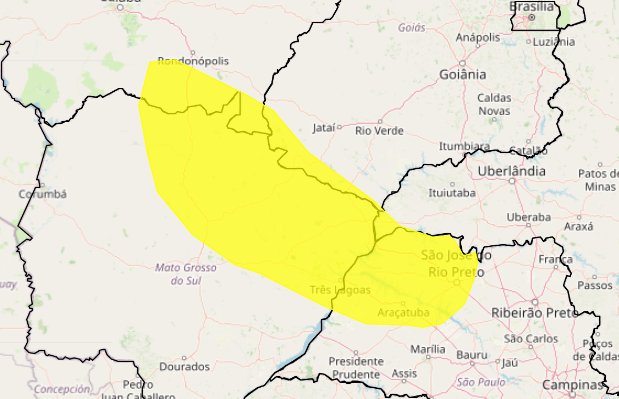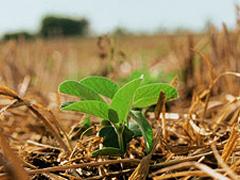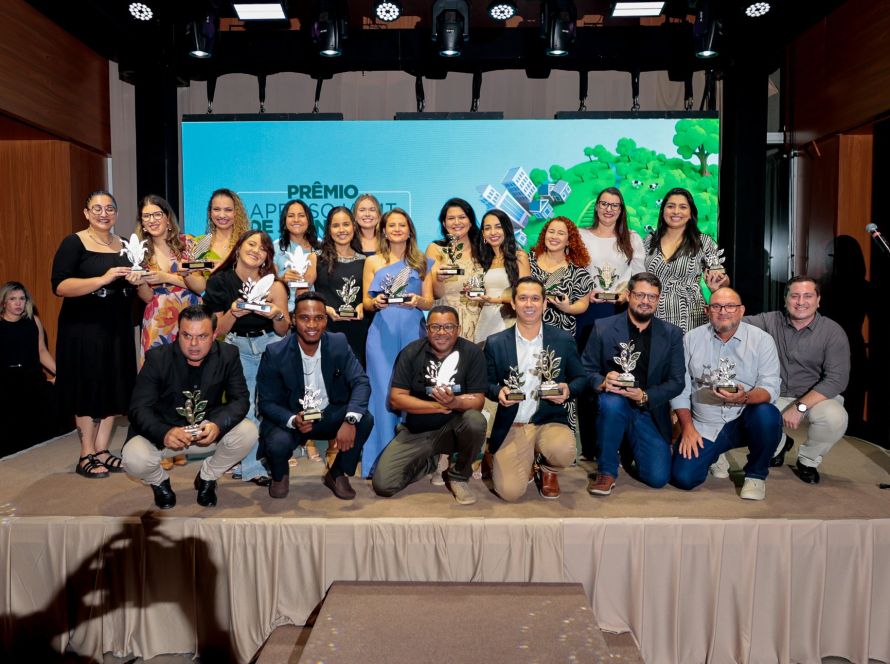The positive moment in the Mato Grosso livestock market was highlighted in the opening panel of the 4th Technical Livestock Meeting, held by the Mato Grosso Agricultural Research Support Foundation (Fundação MT), last Saturday (04), in Rondonópolis. Felipe Fabbri, market intelligence coordinator at Scot Consultoria, highlighted the fact that the price per arroba in Mato Grosso has equaled that of São Paulo, a traditional national benchmark. "The price per arroba has been close to R$ 300 in Mato Grosso, matching São Paulo at times. It is one of the few years where this has happened in the history of Brazilian livestock," he stated.
According to Fabbri, the main explanation for this atypical market behavior lies in the strength of exports. "We've seen a massive authorization of meatpacking plants to export to China in the last two years, involving the states of Mato Grosso, Mato Grosso, Pará, and Rondônia. This increased the demand for earlier-maturing cattle (up to 30 months old) for export to the country, the main international buyer of Brazilian beef, keeping prices per arroba high in these states," he highlighted.
Even with the increase in export tariffs to the US this year—until then, the second-largest buyer of Brazilian beef—which initially generated concern in the industry, the results exceeded expectations. "We saw China buying one of the largest volumes of beef in Brazil's history in the last three months, and other countries buying more meat from Brazil (such as Mexico and Russia). This offset the impact of the US tariff hike and allowed Brazil to break export records in July, August, and September," he explained.
China was the main destination for Mato Grosso beef from January to August 2025, accounting for 62,57% of exports, followed by Russia (7,39%) and the United States (6,12%). The data comes from the Comex Stat platform, compiled by the internationalization team of the FIEMT System (Federation of Industries of Mato Grosso). "Exports to China, in particular, require early maturity. And the requirement for early maturity involves technique, increased productivity, and higher production turnover," Fabbri emphasized.
Mato Grosso leads beef exports, accounting for 231,000 metric tons of Brazil's total exports to other countries. From January to August of this year, the state exported 451,400 tons, generating revenue of US$1,500,000. It continues to be the largest cattle herd, with 32.1 million head.
Science as an ally of productivity and profitability
In addition to the positive market outlook, the event reinforced the fundamental role of science in advancing the sector's productivity. For Thiago Trento, a livestock researcher at Fundação MT, scientific research results are crucial for improving farm profitability. "Studies in nutrition, genetics, management, and health, for example, contribute to increasing animal productivity, promoting greater weight gain, milk production, and reproduction rates," the researcher explained. "Genetically more adapted animals fed balanced diets perform better, generating more product per unit and reducing the cost per kilogram produced," he emphasized.
The application of scientific knowledge, according to the researcher, goes beyond production, guiding the efficient use of inputs such as fertilizers, water, and energy. "Research that proves sustainable practices enables access to differentiated markets, certifications, and carbon credit programs, generating new sources of revenue," he said.
For cattle rancher Marcelo Vendrame, who also chairs the MT Foundation's board of trustees, science has been fundamental to the development of livestock farming. "Just to illustrate, let's look at the data on pasture area versus meat production over the last 20 years; they show a huge gain in efficiency, all due to the use of research," he stated.
Technological advancements in the field were also present in the debate. Pedro Thiago, a data science analyst at Fundação MT, presented the main methodologies currently used to transform data into strategic decisions in the sector. "The focus of my talk was to show how statistical methods and computational algorithms are being applied to solve prediction and classification problems in livestock farming," he explained.
According to the analyst, efficient data collection through sensors and devices embedded in animals already allows, for example, advance estimates of the loss of productive and economic efficiency during confinement. "Data analysis adds value by supporting decisions that increase the efficiency of the production system. However, to achieve this, it is essential that the algorithms are fed with robust, high-quality data," warned Pedro Thiago.
"The main change happening is the use of AI (artificial intelligence) in production. Today, we have a wealth of data, and cross-referencing this data with weather, price, and market forecasts will revolutionize our livestock management model," said cattle rancher Marcelo Vendrame.
Production cost challenges and outlook for 2026
Despite the positive momentum, replacement costs remain a point of concern. "Calves have risen more than the price of beef cattle. This requires cattle farmers to take advantage of the current situation to build cash and invest in farm infrastructure," advised Felipe Fabbri, market intelligence coordinator at Scot Consultoria.
After two difficult years, 2025 has been a year of recovery for the sector. The outlook for 2026 is for firm prices, but with tighter margins due to replacement costs. Geopolitical conflicts and protectionist measures will continue to demand attention and resilience from livestock farmers. "Every year in agriculture is an atypical year. It takes calm and good management tools to deal with an ever-challenging scenario," concluded Fabbri.





